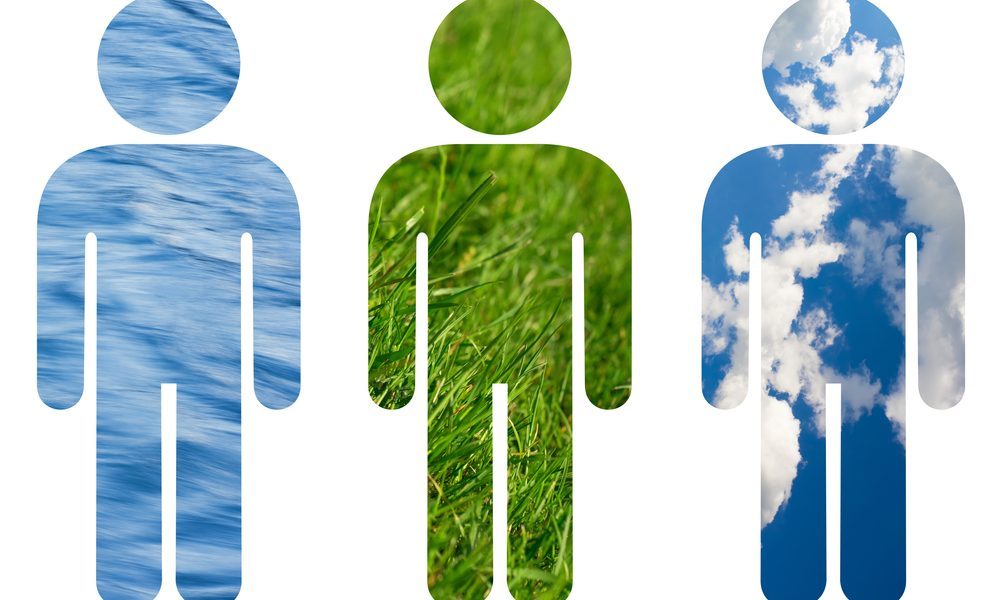Your health and your environment

Health is the level of functional or metabolic efficiency of a living being. In humans, it is the general condition of a person’s mind, body, and spirit, usually meaning to be free from illness, injury, or pain. The World Health Organization (WHO) has defined health in its broader sense in 1946 as “a state of complete physical, mental, and social well-being and not merely the absence of disease or infirmity.”
The environment is the physical surroundings in which we live. It can either consist of living factors or non-living factors. The environment provides us with conditions that facilitate growth and development and also with a risk of damage and danger. It consists of everything real around us such as sunlight, soil, air, water, rains, mountains etc. The surroundings we dwell in is subjected to constant change, these factors are majorly contributed by human activity. For instance, climate change. A constant balance needs to be maintained as all the components of the environment are correlated where a change in one component has a certain impact on other components eventually, if not immediately depending upon the severity.
Environmental health was defined in a 1989 document by the World Health Organization (WHO) as: Those aspects of the human health and disease that are determined by factors in the environment. It also refers to the theory and practice of accessing and controlling factors in the environment that can potentially affect health.
Environmental health as used by the WHO(world health organization)Regional Office for Europe, includes both the direct pathological effects of chemicals, radiation and some biological agents, and the effects (often indirect) on health and well being of the broad physical, psychological, social and cultural environment, which includes housing, urban development, land use and transport.
Environmental health is the public health field that monitors and addresses those physical, chemical, and biological factors that we might not have direct control over, but can impact our health anyway.
Impacts of the environment on human health
The environment is a natural world in which we all are living today. It relates to all the living and non-living things (biotic and abiotic components) surrounding us. There are different types of environments, which have a great impact on human health. On a daily basis, we all interact with the environment. Therefore it is very much essential to keep our environment healthy in order to protect our lives from different environmental hazards. The environmental impacts on human health include physical, chemical and biological hazards. Air, water, soil, sound and land pollution are the major cause of illness in all humans.
- Physical hazards include airborne particles, humidity, equipment design, and radiations, etc.
- Biological hazards include viruses, microbial agents, insects, rodents, animals and plants, etc.
- Chemical hazards include pesticides, insecticides, herbicides, lead, Acids, chlorine, and other caustic substances
Reference
How Does the Environment Affect Human Health? – Importance Of Human Health (byjus.com)
